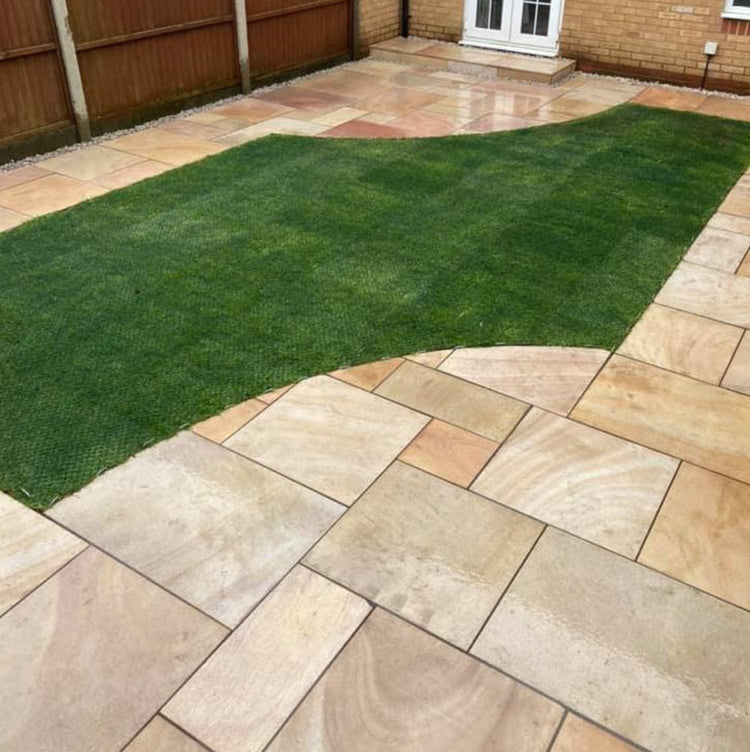Selecting the right paving for your outdoor spaces is a significant decision that can greatly impact the functionality, aesthetics, and value of your property. With numerous options available in terms of materials, colors, patterns, and finishes, it's essential to carefully consider several factors before making your final choice. In this blog post, we will discuss the key considerations to keep in mind when choosing paving, helping you make an informed decision that aligns with your needs and preferences.
- Purpose and Functionality:
Start by considering the purpose and functionality of the paved area. Are you looking for a driveway, patio, pathway, or pool surround? Each application may have different requirements in terms of load-bearing capacity, slip resistance, and durability. For instance, driveways need to withstand the weight of vehicles, while pool surrounds should be slip-resistant to enhance safety. Understanding the intended use will guide you towards the most suitable paving options.
- Material Selection:
Paving materials come in various forms, including concrete, natural stone, brick, pavers, and composite materials. Each material has its own unique characteristics and aesthetic appeal. Concrete offers versatility and durability, while natural stone exudes a timeless elegance. Brick provides a classic and rustic charm, while pavers offer flexibility and easy installation. Consider the advantages and disadvantages of each material and choose the one that best matches your desired look, maintenance requirements, and budget.
- Climate Considerations:
Take into account the climate in your area when selecting paving. Different materials respond differently to weather conditions. For instance, some paving materials may be more prone to cracking or fading under extreme temperatures or frequent freeze-thaw cycles. If you live in a region with heavy rainfall, consider materials that provide good drainage to prevent water pooling. Understanding how your chosen paving material will withstand the local climate will ensure its longevity and minimize potential issues.
- Maintenance and Longevity:
Evaluate the maintenance requirements of the paving options you are considering. Some materials may require regular sealing, staining, or cleaning to preserve their appearance and prevent damage. Others may be more low-maintenance, requiring minimal effort to keep them in good condition. Additionally, consider the longevity of the materials. While some may last for decades with proper care, others may require more frequent replacement or repair. Assess your willingness and ability to maintain the chosen paving material in the long term.
- Aesthetics and Design:
The visual appeal of the paving plays a crucial role in enhancing the overall aesthetics of your outdoor space. Consider the architectural style of your property and the surrounding landscape. Choose paving that complements the existing elements and creates a harmonious visual impact. Explore different colors, patterns, and textures to achieve the desired design aesthetic, whether it's a contemporary, rustic, or traditional look. Samples and visual references can help you envision how the paving will look in your specific setting.
Choosing the right paving requires careful consideration of factors such as functionality, material selection, climate considerations, maintenance requirements, and aesthetics. By taking these aspects into account, you can make an informed decision that not only meets your immediate needs but also ensures the long-term durability, visual appeal, and value of your outdoor spaces. Remember, consulting with professionals and visiting showrooms or displays can provide valuable insights and help you choose the perfect paving for your project.

